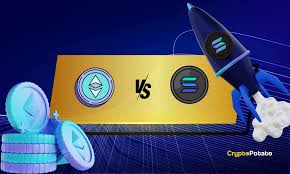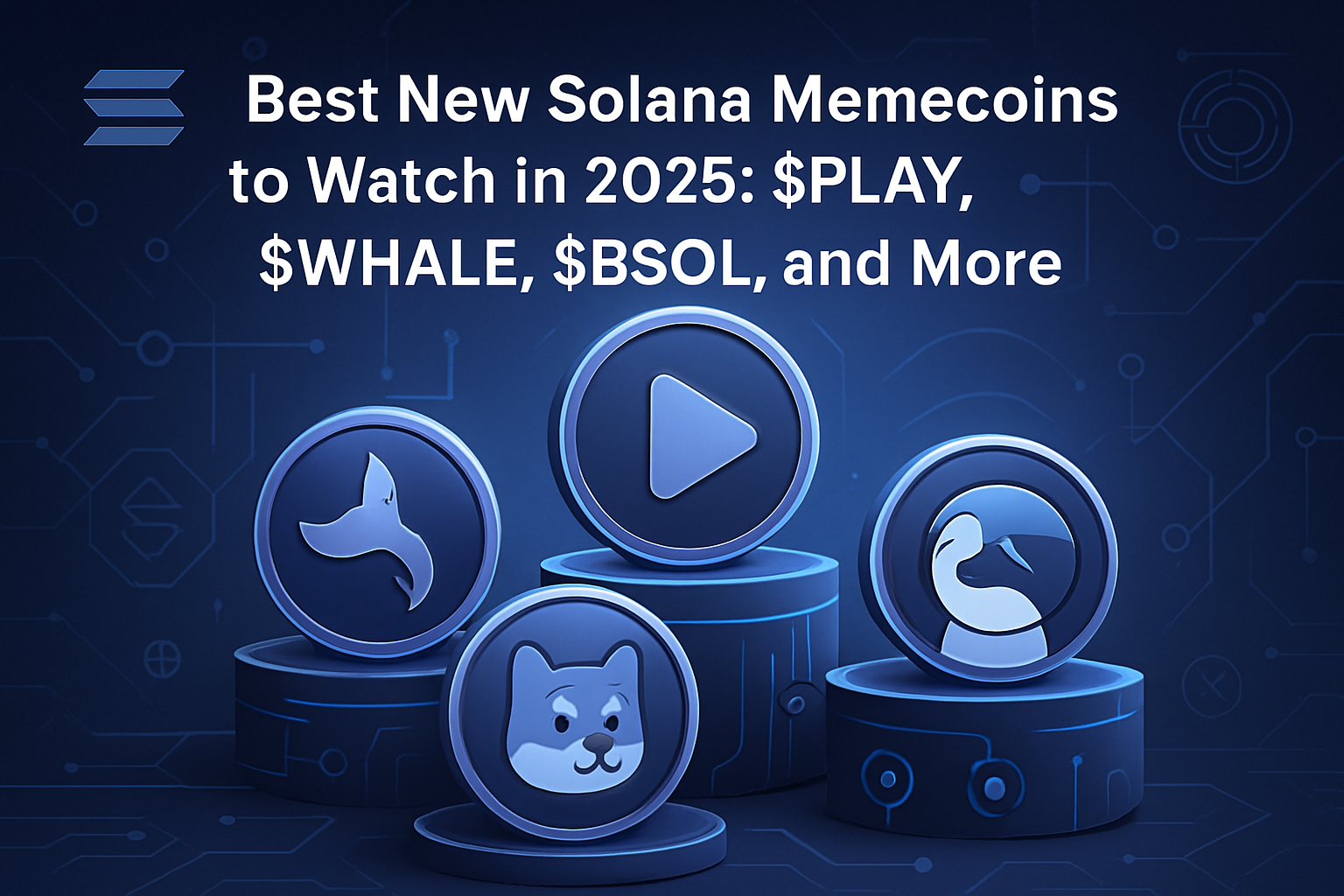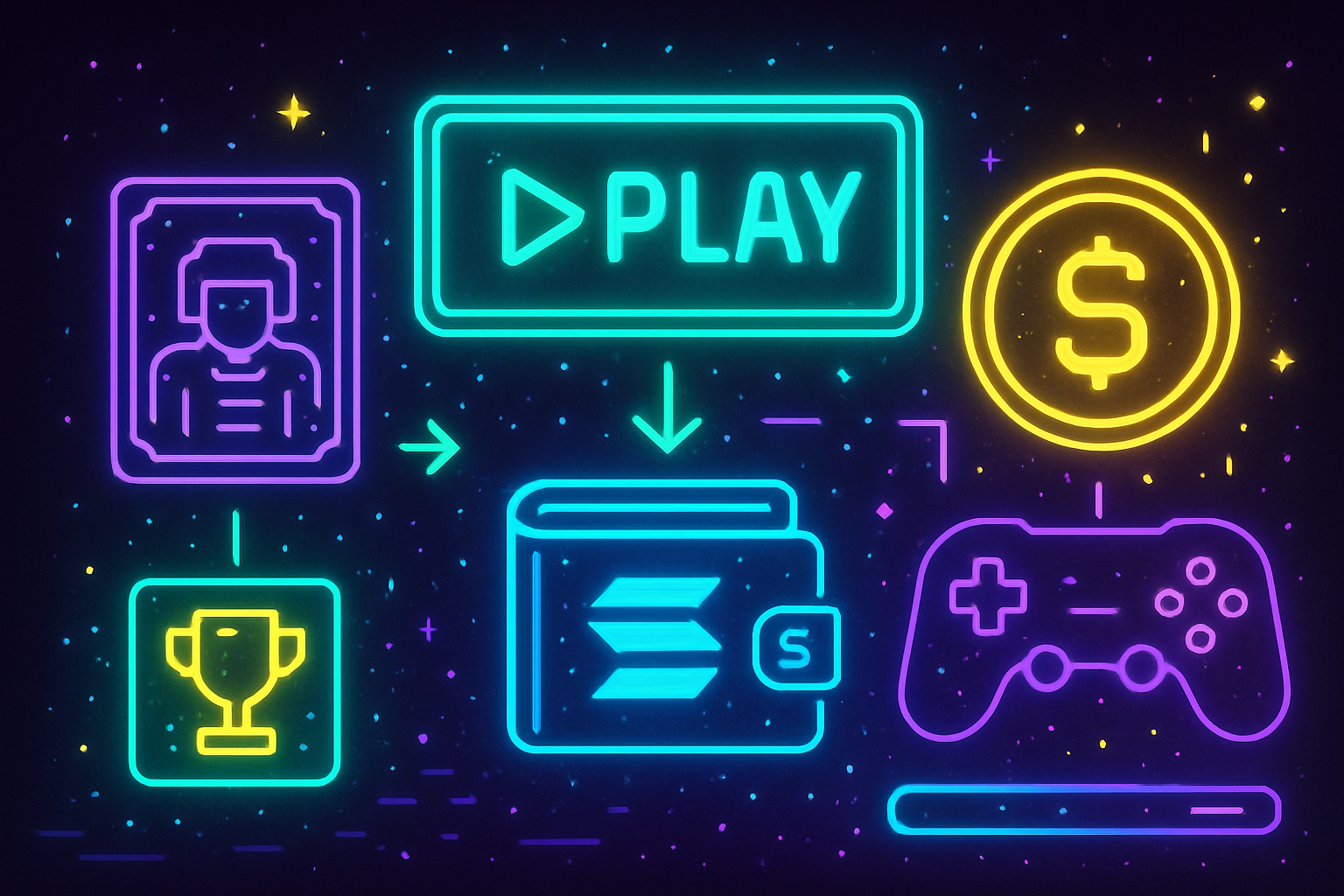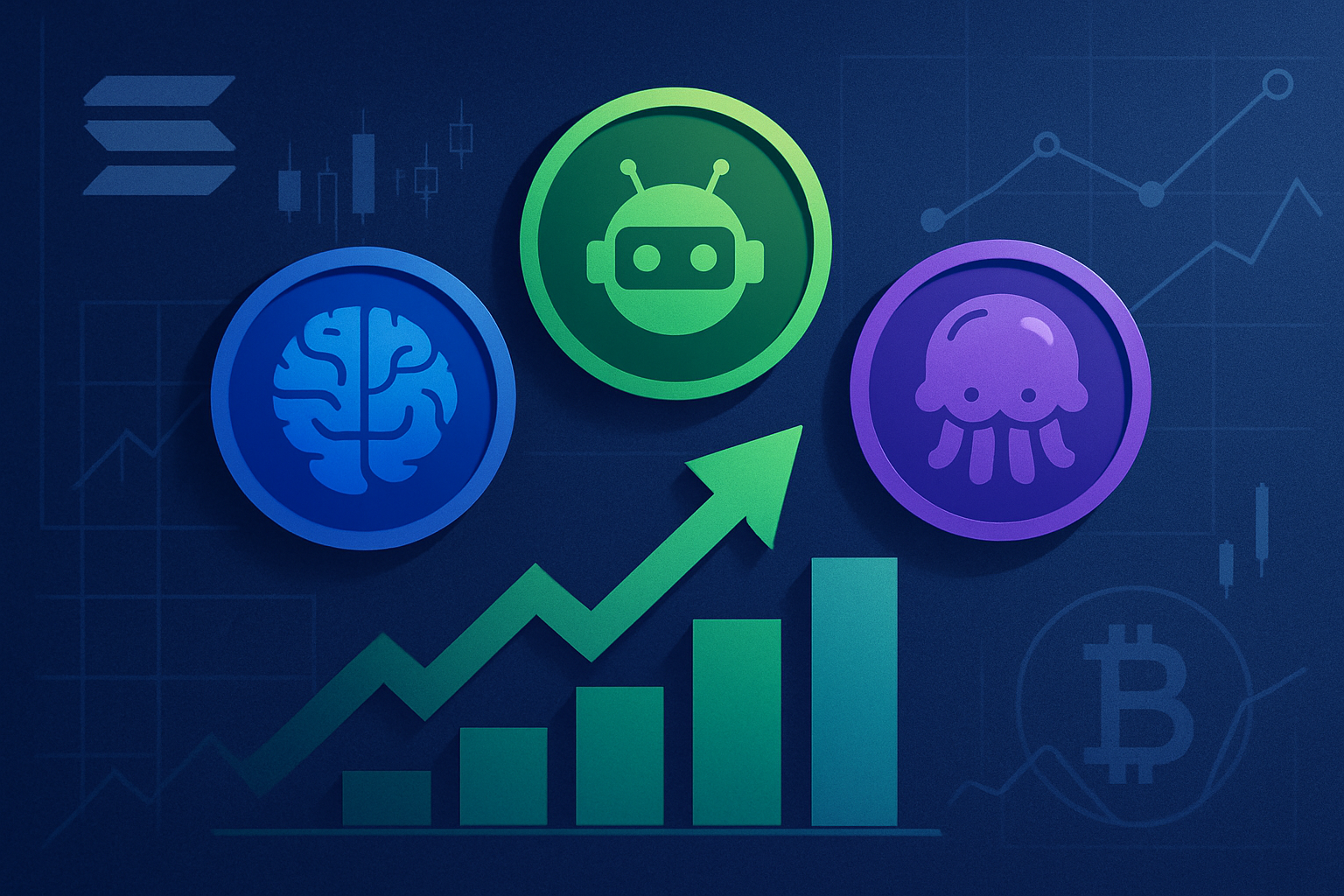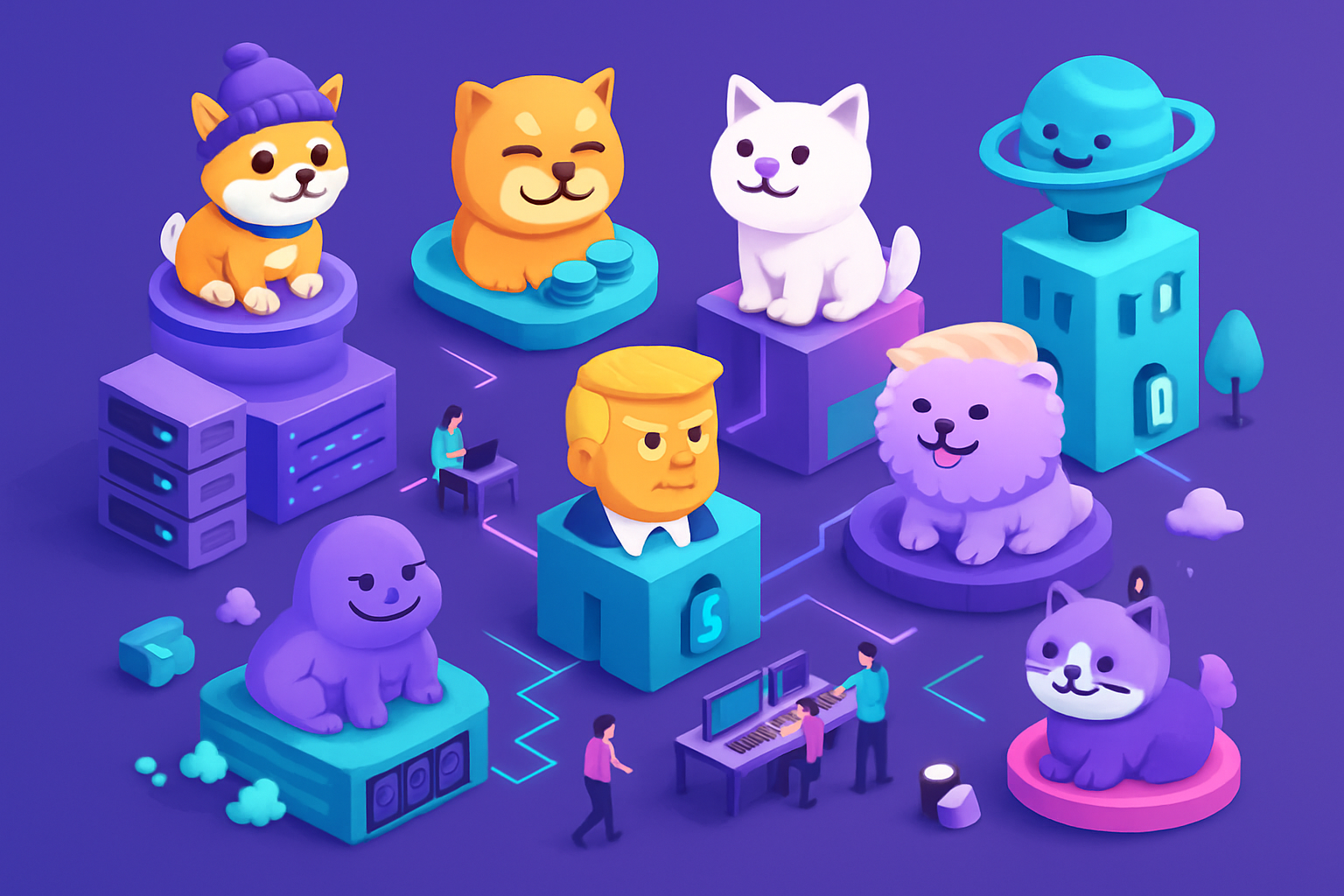Solana Ecosystem Growth in 2025: Why Developers and Founders Are Choosing Solana
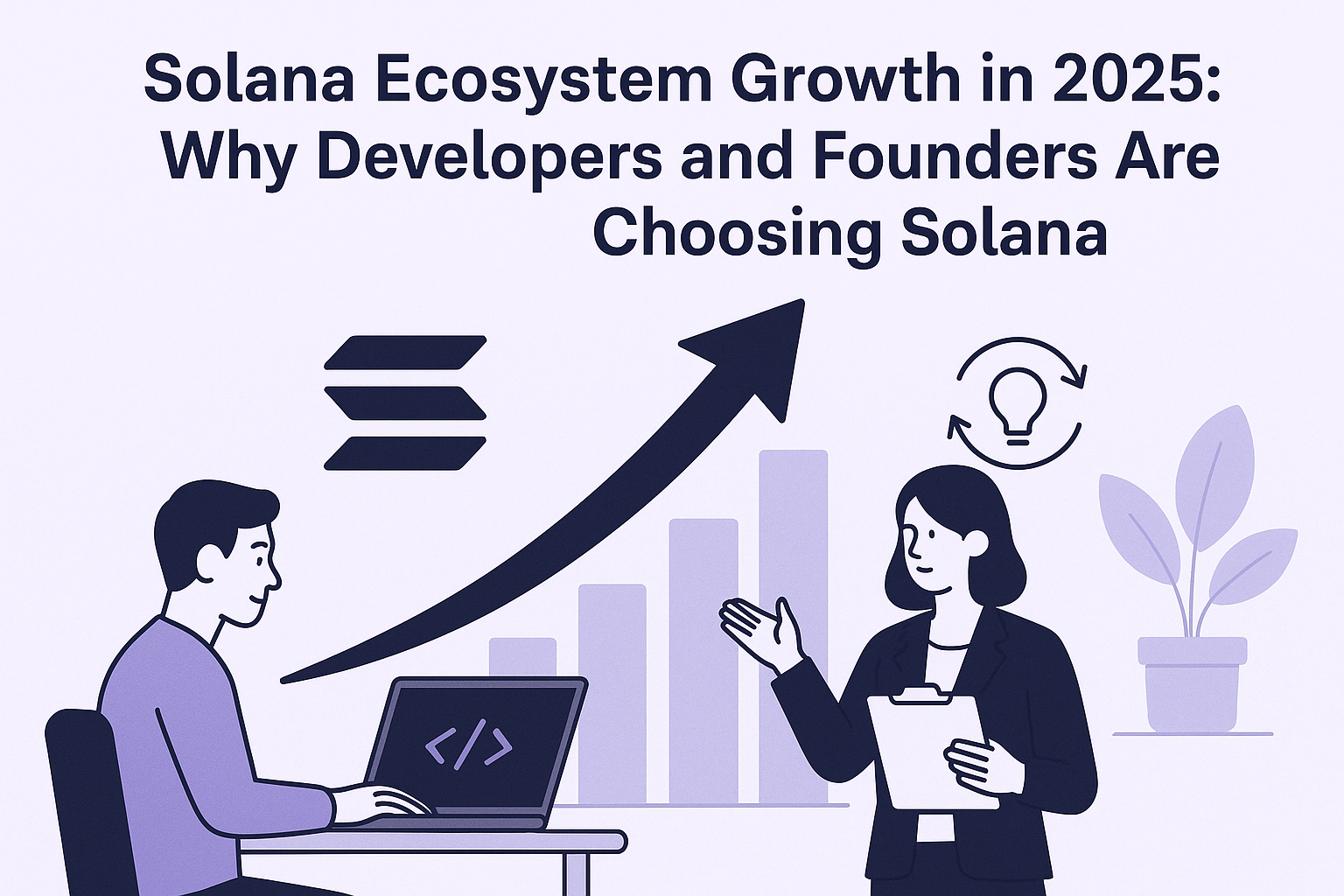
Solana’s ecosystem isn’t just growing—it’s accelerating, and 2025 is shaping up to be a defining year for founders and developers. With the blockchain world moving at breakneck speed, builders are looking for platforms that can keep up with their ambition. Solana is emerging as a top choice, thanks to its focus on performance, scalability, and a developer-friendly environment. But what’s really driving this surge in Solana adoption?
Unmatched Scalability: The Core of Solana’s Appeal
Ask any developer what they want from a blockchain, and you’ll get a similar answer: speed, low fees, and reliability. Solana delivers on all three fronts. Its unique Proof of History (PoH) consensus mechanism allows it to process thousands of transactions per second without sacrificing decentralization or security. This isn’t just marketing fluff—real-world dApps are pushing Solana to its limits daily.

Scalability benefits aren’t just about raw numbers—they translate directly into user experience. Fast confirmation times mean smoother gameplay in blockchain games, instant NFT mints, and DeFi trades that don’t get stuck in pending hell. It’s no wonder that projects from DeFi protocols to gaming studios are migrating or launching natively on Solana.
Developer Tools That Actually Work
If you’ve built on other blockchains before, you know the pain of clunky SDKs and patchwork documentation. In 2025, Solana developer tools have matured dramatically. The ecosystem now boasts robust libraries for Rust and TypeScript, intuitive frameworks like Anchor for smart contract development, and comprehensive documentation that doesn’t leave you guessing.
Top 5 Essential Tools for Building on Solana
-
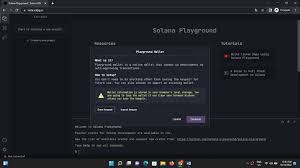
Solana CLI: The official command-line interface for interacting with the Solana blockchain, crucial for deploying and managing programs, accounts, and clusters.
-
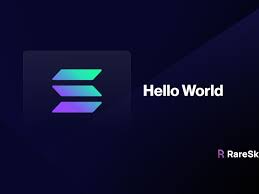
Anchor Framework: A popular open-source framework that streamlines Solana smart contract development with Rust, offering robust tooling, security, and developer ergonomics.
-
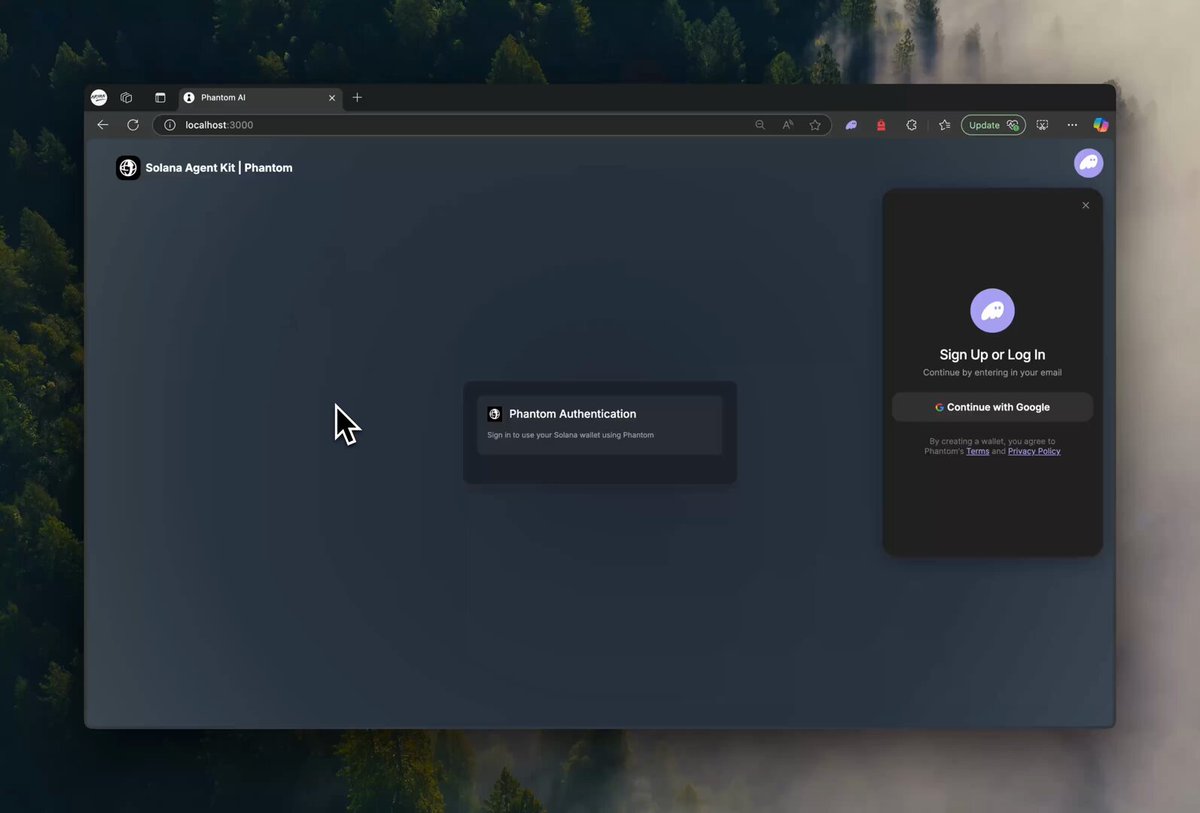
Phantom Wallet: A widely-used, user-friendly wallet for Solana, essential for testing dApps, managing tokens, and facilitating seamless user onboarding.
-
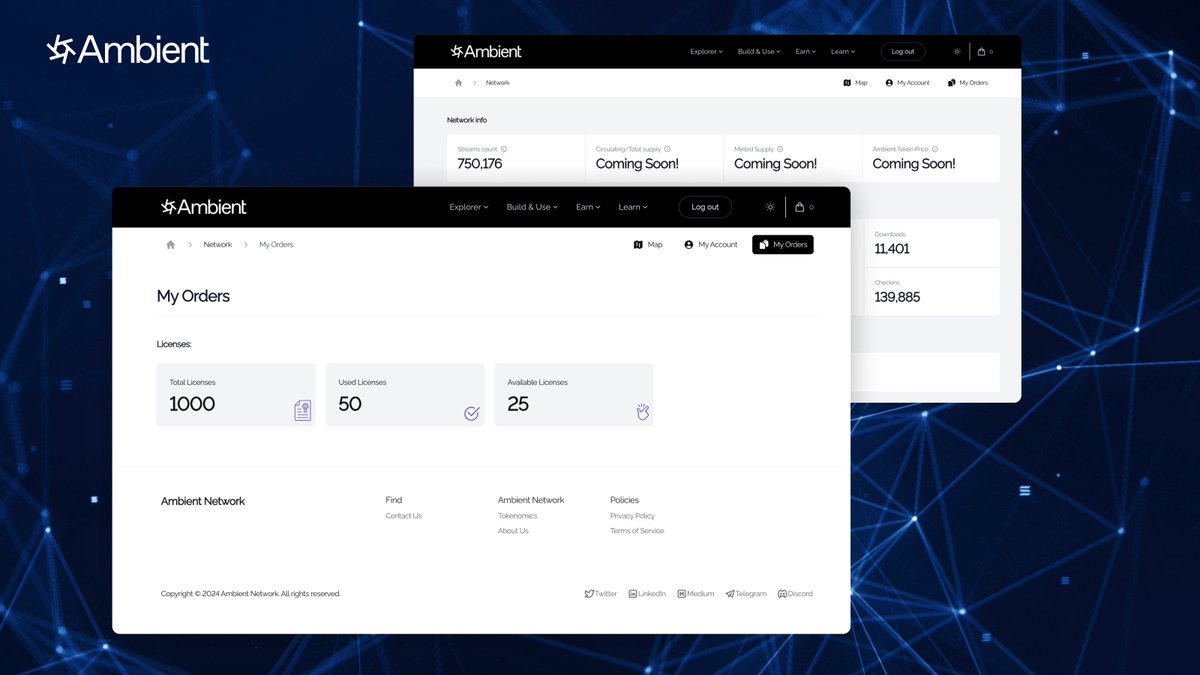
Solana Explorer: The official block explorer for Solana, providing real-time insights into transactions, accounts, and program activity for debugging and analytics.
-
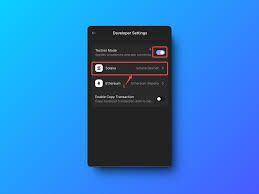
Solana Devnet & Testnet: Public networks that allow developers to safely test and iterate on their Solana applications before mainnet deployment.
The result? Faster prototyping, fewer bugs at launch, and more time spent innovating instead of debugging cryptic errors. Plus, the rise of open-source templates and starter kits makes it easier than ever for new teams to onboard—even those coming from Web2 backgrounds.
Why Founders Are Betting Big On Solana Over Ethereum
The age-old debate—Solana vs Ethereum founders. In 2025, the conversation has shifted from tribalism to practicality. While Ethereum remains a powerhouse with its massive network effect, gas fees continue to be unpredictable during periods of high activity. For startups operating on thin margins or building apps that require microtransactions (think gaming rewards or social tipping), these costs can be prohibitive.
Key Differences for Founders: Solana vs Ethereum dApp Building in 2025
-
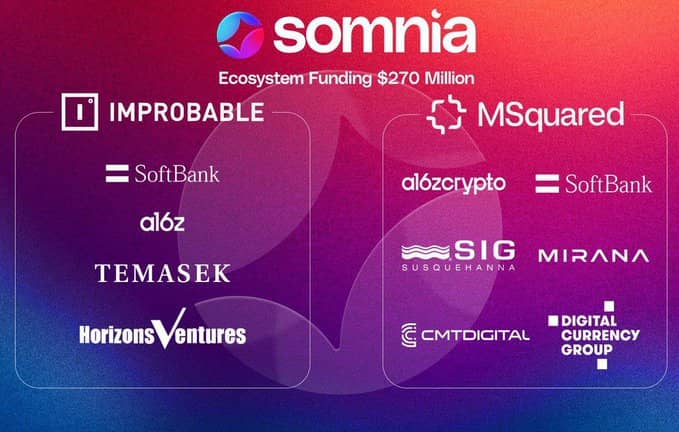
Transaction Speed: Solana’s high throughput enables dApps like Phantom to process thousands of transactions per second, while Ethereum dApps often face slower speeds due to network congestion.
-
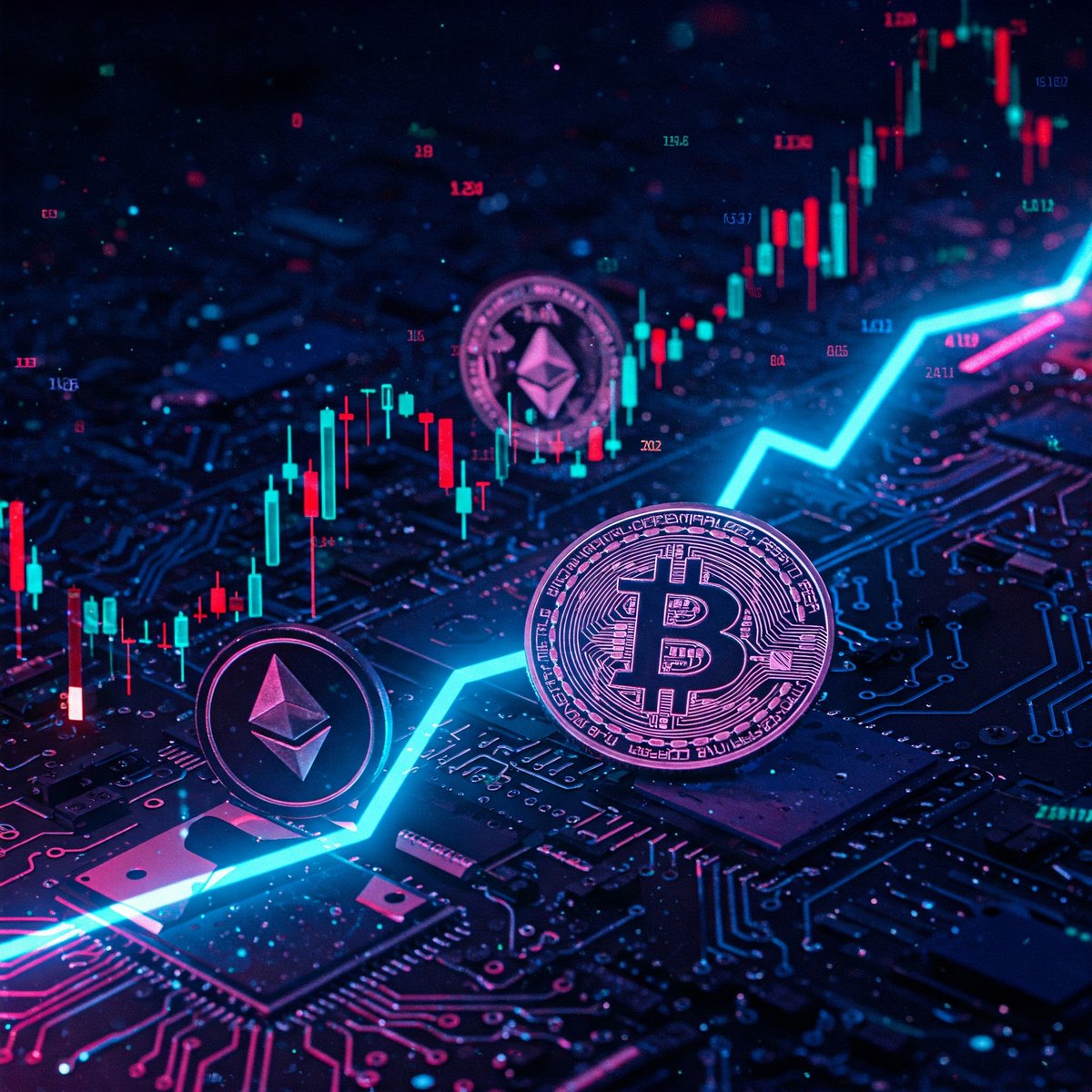
Gas Fees: Building on Solana means founders and users enjoy low transaction fees, as seen with Jupiter, compared to higher and more volatile gas fees on Ethereum, especially during peak activity.
-
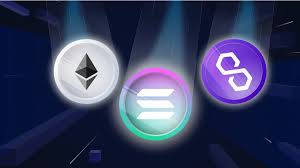
User Experience: dApps on Solana, such as Magic Eden, provide fast, seamless user interactions, whereas Ethereum dApps may experience delays and higher costs, impacting onboarding.
-
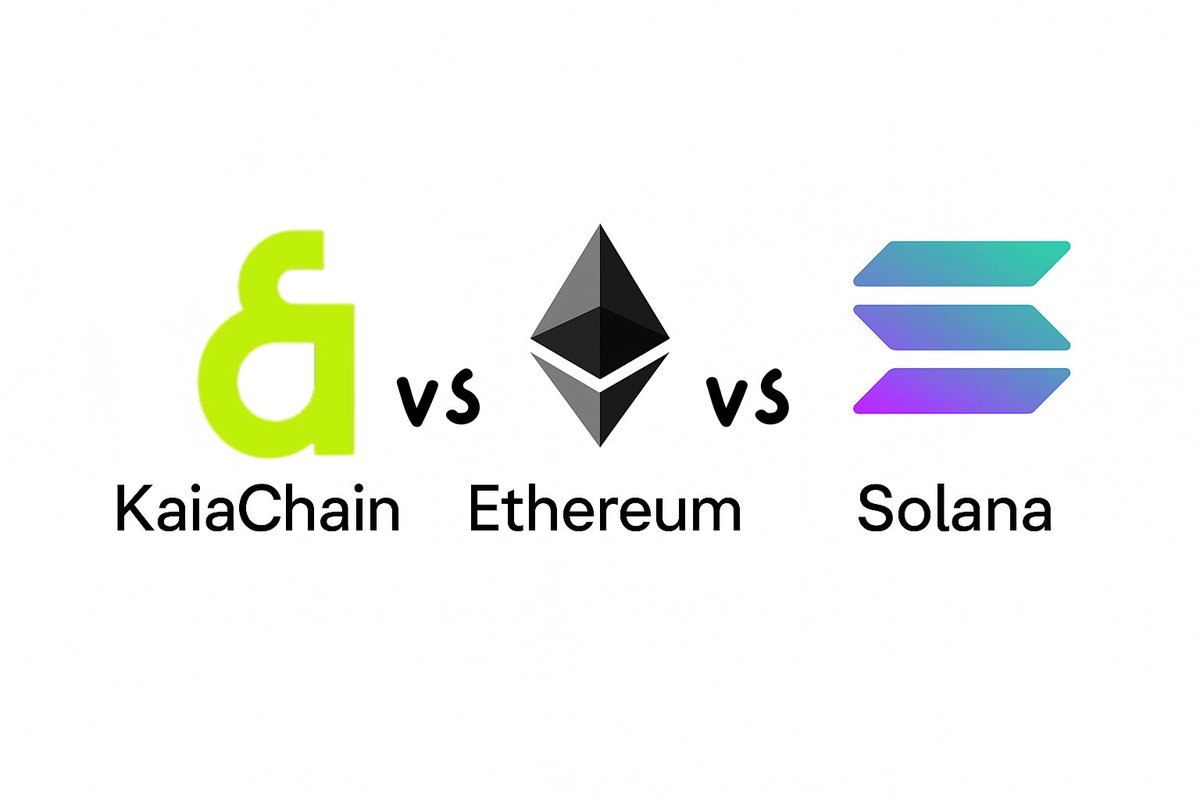
Network Ecosystem: Solana’s growing ecosystem includes platforms like Marinade Finance and Orca, offering founders more composability and DeFi integrations, while Ethereum remains dominant but faces scaling challenges.
This is where Solana’s startup momentum comes into play. Founders are attracted by lower friction—faster onboarding for users (no need to preload wallets with expensive ETH), minimal transaction costs, and a community that actively supports new projects through hackathons and grants.
The Network Effect: Ecosystem Growth Feeds Itself
The snowball effect is real. As more developers flock to Solana for its technical advantages, the ecosystem becomes richer with composable protocols and interoperable dApps. This creates new opportunities for founders to plug into existing infrastructure—whether they’re launching a DeFi aggregator or an NFT-powered game—and build faster than ever before.
What’s especially striking in 2025 is how Solana’s growth isn’t just about raw numbers or hype cycles. It’s the depth of the ecosystem—DeFi, NFTs, gaming, and even real-world assets are converging on a single, scalable chain. This cross-pollination means that founders can access liquidity, user bases, and technical integrations that simply weren’t possible a few years ago.
Institutional Interest and Real-World Assets
Solana’s ecosystem growth in 2025 has caught the eye of major institutions. With firms like Invesco and Galaxy reportedly filing for Solana ETFs (source), there’s a new wave of legitimacy and capital flowing into the network. This isn’t just about speculation—real-world asset tokenization is ramping up on Solana, from tokenized treasuries to fractionalized real estate.
For developers and founders, this opens up entirely new business models. Imagine building dApps that bridge on-chain assets with tangible value in the physical world—all powered by fast, low-cost transactions and composable smart contracts.
Community: The Secret Ingredient
No blockchain thrives without an active community—and Solana’s is one of the most passionate around. In 2025, regular hackathons, builder houses across continents, and a vibrant online presence mean that support is never far away. Whether you’re troubleshooting code or searching for your next co-founder, there’s always someone ready to help.
Solana developer tools aren’t just about software—they’re backed by people who care deeply about pushing the ecosystem forward. This sense of shared mission sets Solana apart from slower-moving chains where bureaucracy can stifle innovation.
What Does This Mean for Builders?
Top Reasons Founders Choose Solana in 2025
-
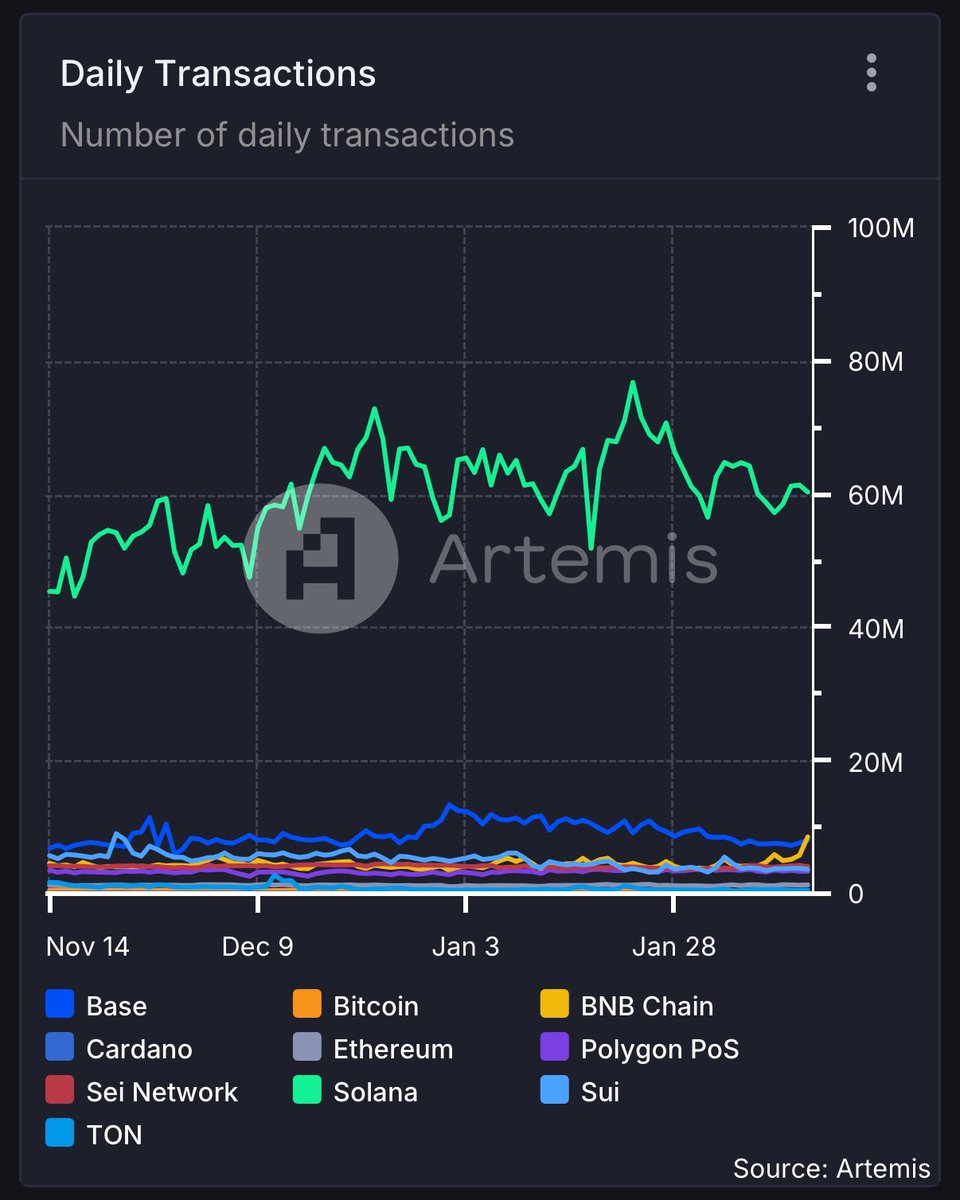
Ultra-fast Transactions: Solana’s high throughput enables 65,000+ transactions per second with sub-second finality, making it ideal for scalable applications.
-
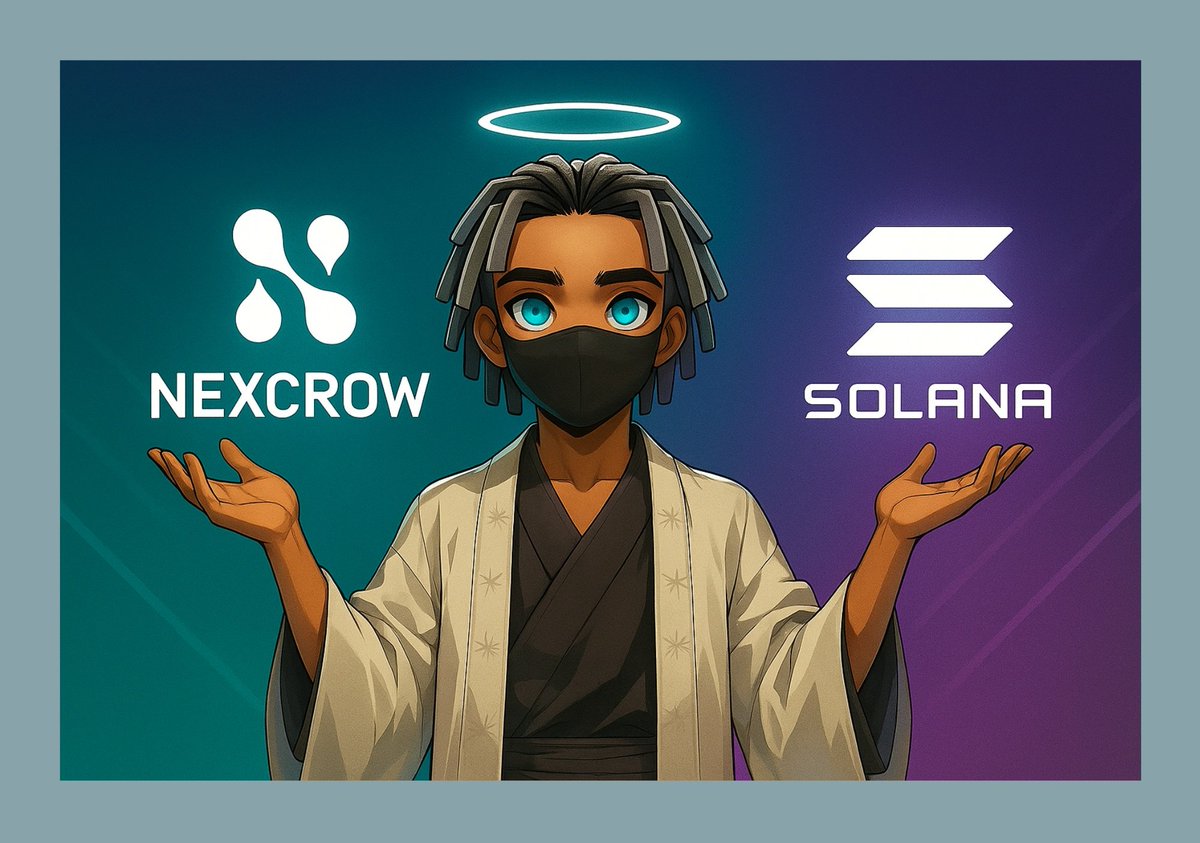
Low Transaction Fees: Solana’s average transaction cost is consistently less than $0.01, allowing startups to build cost-effective products for mass adoption.
-
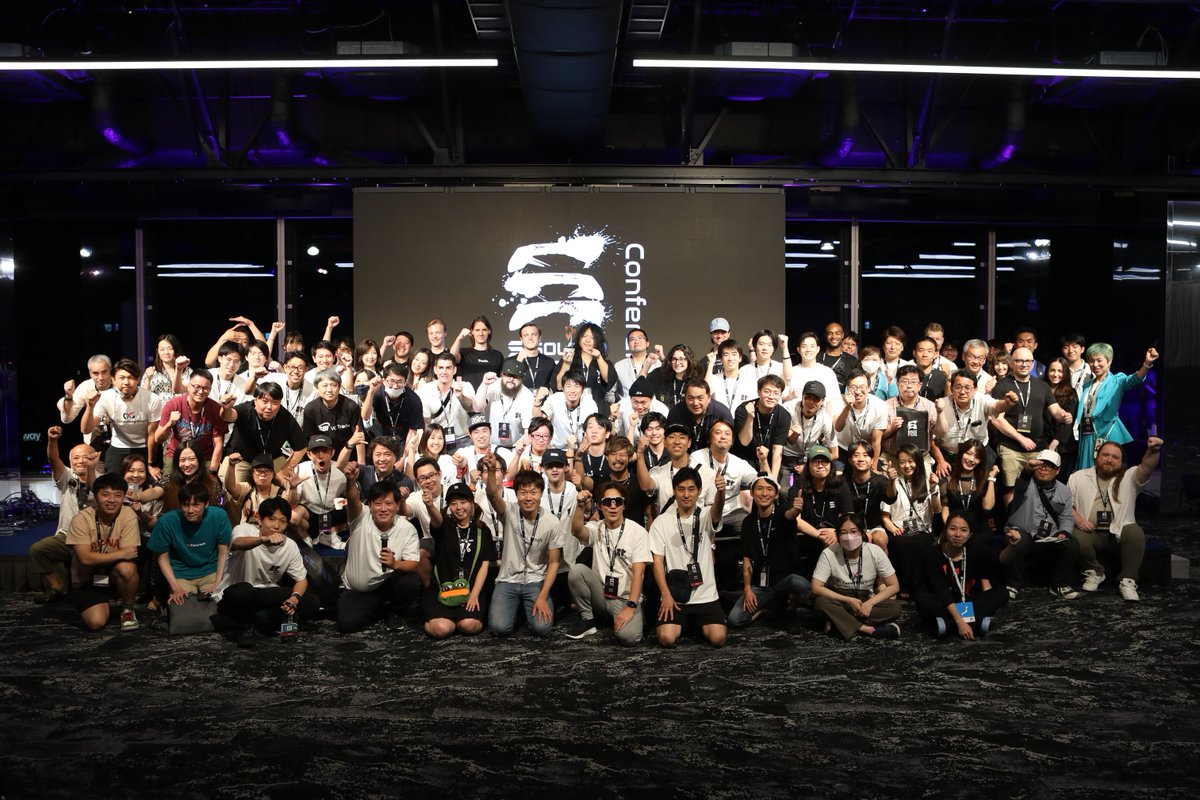
Vibrant Developer Ecosystem: Supported by Solana Foundation grants, hackathons, and active communities like SolDev, founders have access to robust resources and support.
-
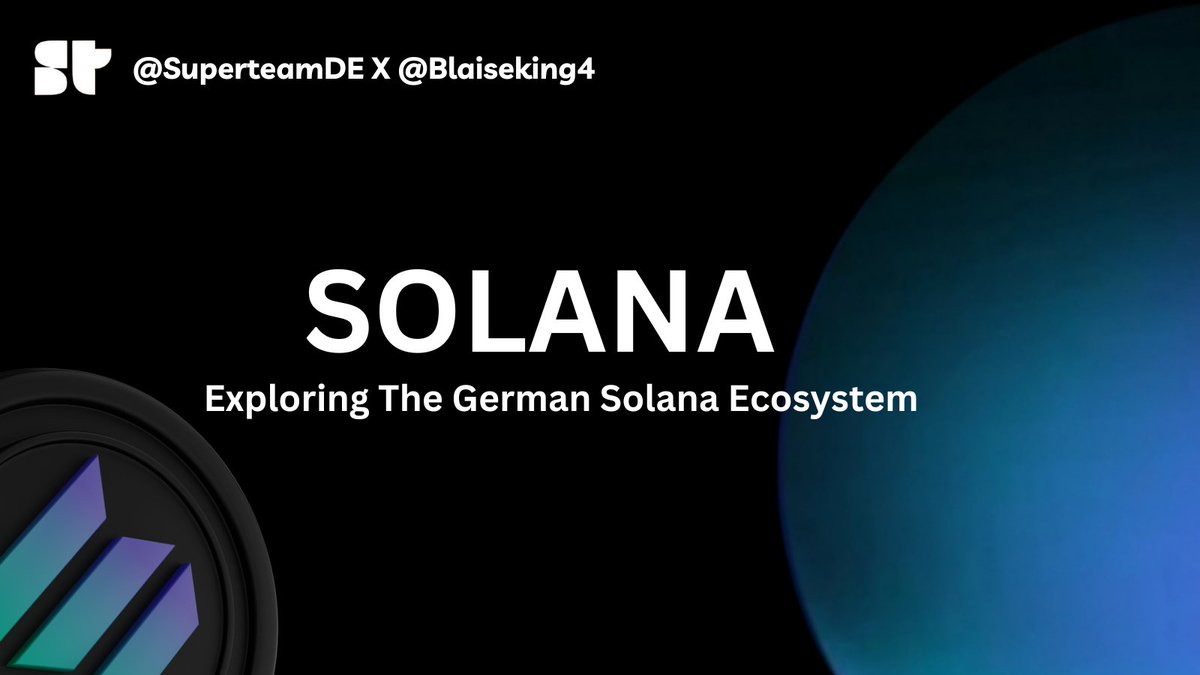
Integrated DeFi & NFT Infrastructure: Solana hosts major platforms like Raydium, Jupiter, and Magic Eden, enabling seamless DeFi and NFT integrations for new startups.
-
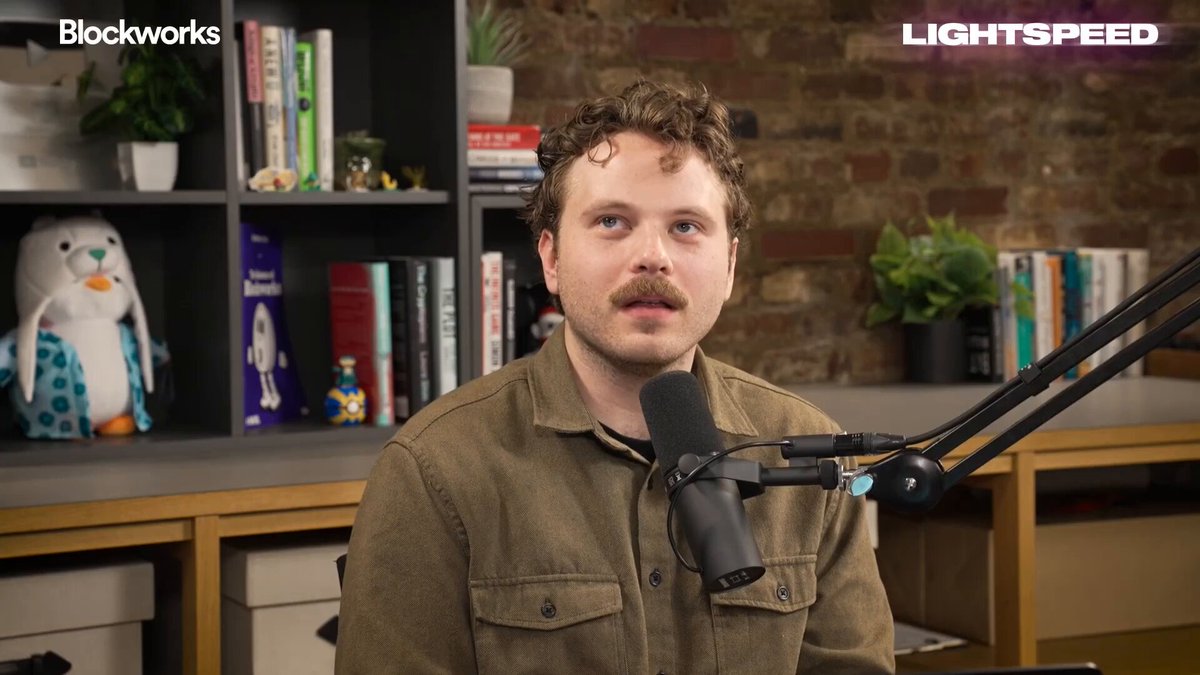
Strong Institutional Backing: Solana is backed by prominent investors such as Andreessen Horowitz (a16z) and Jump Crypto, providing credibility and funding opportunities for founders.
If you’re considering where to launch your next project—or looking to migrate from another chain—the advantages are stacking up fast:
- Faster time-to-market: Thanks to mature tooling and templates
- Lower operational costs: Microtransactions are finally viable
- Easier user onboarding: No more scaring off users with high fees or complex wallet setups
- A supportive network: Grants, hackathons, and global meetups fuel ongoing innovation
Looking Ahead: The Next Wave of Innovation
The story of Solana ecosystem growth in 2025 is far from over. With continual upgrades planned—like further improvements to parallelization and network stability—the stage is set for even more ambitious projects to take flight. Expect more experimentation at the intersection of DeFi x gaming x real-world assets as composability becomes the norm rather than the exception.

If you’re a developer or founder tired of waiting for your ideas to become reality—or frustrated by bottlenecks elsewhere—Solana offers a practical path forward. The momentum is real; now it’s up to builders like you to shape what comes next.

